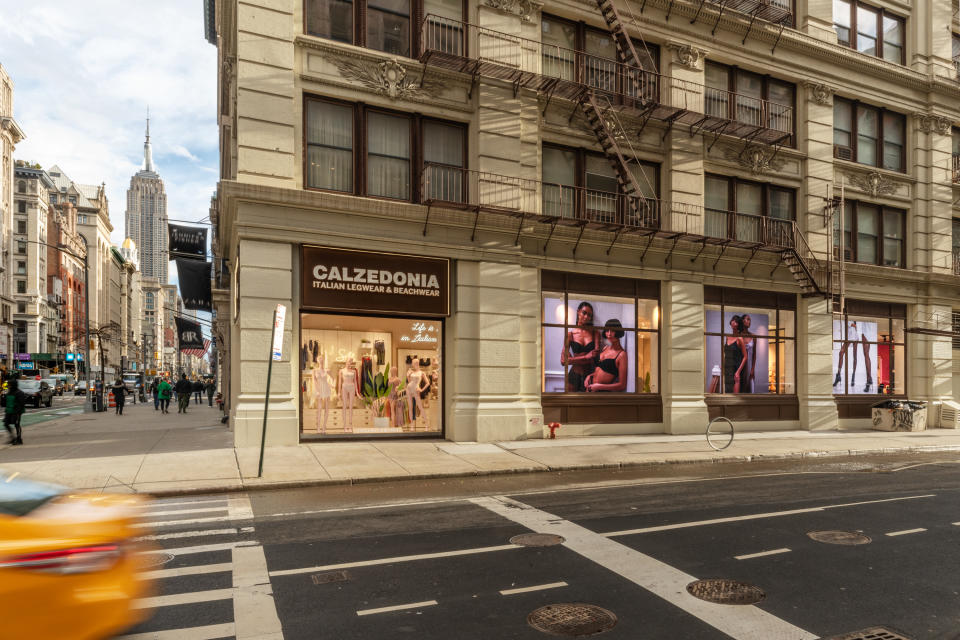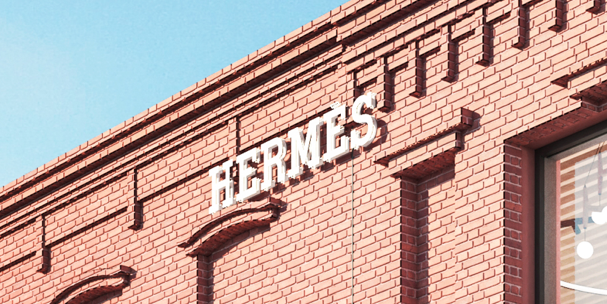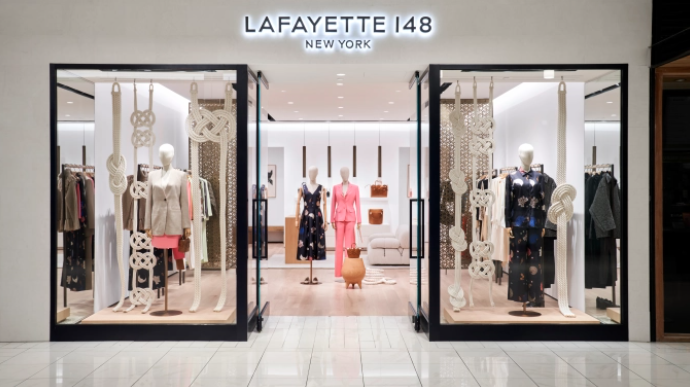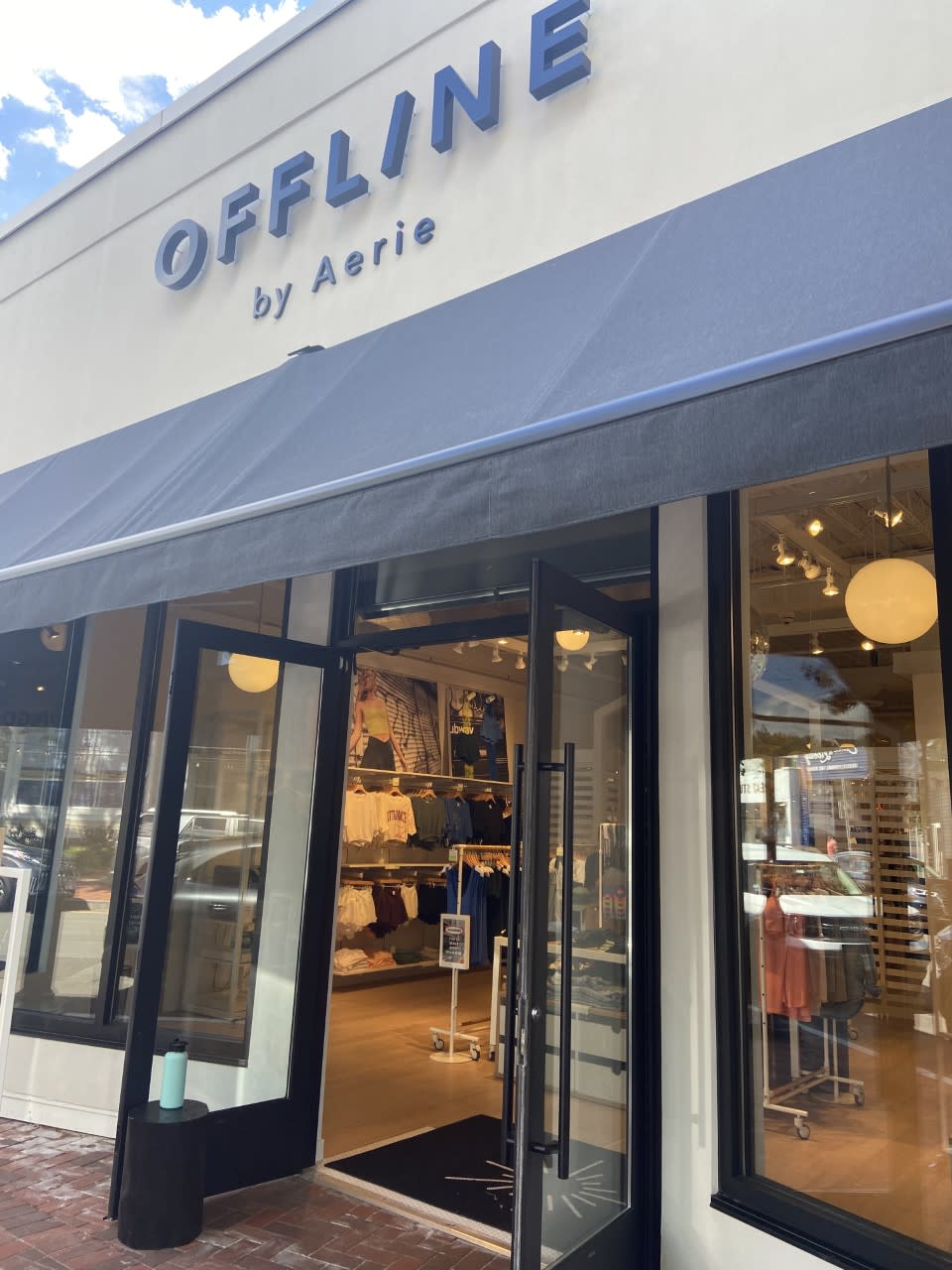The Brick-and-mortar Store Channel

Commercial brick-and-mortar real estate may have had a bad pandemic year (or two) with lockdowns and consumers hunkering down around the globe. But now that so many people are coming out for quarantine, the demand for travel, in-person shopping and the chance to explore the world IRL has never been stronger.
Retailers and brands are left competing — and often paying a premium — for commercial real estate in all the big markets, and in some small markets, too.
More from WWD
Why the Fiorucci Store Was the Mother of All Retail Concepts
Unites States Retail in the Aftermath of Police Brutality Protests

Courtesy Photo
“It’s supply and demand. There’s no question that brands are very much in need of continued acceleration in the brick-and-mortar channel to help them create that omnichannel strategy,” Amish Tolia, cofounder and co-chief executive officer of Leap, told WWD. His firm supports e-commerce brands as they make the leap from digital to physical storefronts. “Whether you’re in big cities, smaller cities, street-format, mall format, there’s a lot of excitement for building and scaling the brick-and-mortar presence across the board.”

Courtesy Photo
That includes all the major retail shopping markets where space remains challenged, such as New York, South Florida, Los Angeles and Chicago’s South Loop.
Some brands are doubling down on their omnichannel strategy by expanding their fleets. Eyewear brand Warby Parker plans to expand its store count with roughly two dozen new stores by the end of the fiscal year, despite massive losses in the most recent quarter.
“The biggest barriers to purchase from Warby Parker include not having a store nearby,” Neil Blumenthal, Warby cofounder and co-CEO, told analysts in August.
New markets are also emerging. Luxury players are moving to Williamsburg, Brooklyn, including Hermes. Gucci recently set up shop in Detroit. Sea Bags, a sailboat bag and accessories brand, has also opened stores in Michigan in the last year.
“The beauty is that not every brand has to be in SoHo,” Tolia said. “There’s plenty more opportunity out there where brands don’t necessarily have to compete with three or four other retailers for a particular space. That’s what we’re beginning to see, some brands beginning to think a little bit more holistically and creatively about other markets and other locations where they can actually drive penetration and take share.”

Courtesy Photo PAR BENGTSSON
Some of those emerging markets may include places like Dallas, Houston and Austin, Texas, as well as Arizona. Warm locations that saw a spike in migration during the pandemic. Lafayette 148, for example, recently opened its 27th freestanding store, a 1,454-square-foot boutique in Houston, surrounded by the likes of Celine, Chanel and Tom Ford.
“You’re also going to see more of that in places like Greenwich, Connecticut, or some parts of Long Island, or parts of Michigan, or parts of Columbus, Ohio,” Tolia said. “You’re going to see brands exploring those areas — areas that are not the tier-one markets. [But] they have population sizes of some 5 million folks and are residential in nature.”

Kellie Ell / WWD
He explained that the customer profile in those markets is ripe for growth: high household incomes in residential areas. The suburban settings mean there are likely fewer distractions and more reasons to shop.
“It would be an exploratory thing for a brand [to set up shop in one of those locations], but they can take share and build their penetration in that market with a very strong consumer,” Tolia said.
Retailers and landlords may be betting big on these physical spaces. But many wonder if the momentum will last. The housing and rental markets are starting to show signs of softening in August, thanks in part to the Fed’s continued interest rate hikes. Inflation, meanwhile, remains at a four-decade high, which means many consumers are tightening their budgets and eliminating discretionary items — and retailers are feeling the pinch. And if consumers are spending less on fashion products for the foreseeable future, there may be less need for stores in the months and years ahead.
So far though, Tolia said his firm has not seen much of a slowdown.
“If the pandemic taught us one thing, it’s that we’re human beings; we want to be outdoors. We want to be socializing in person with people, whether that’s through live events, concerts or doing commerce, doing business in person,” he explained. “Consumers are going to continue to shop both online and offline. But e-commerce has to work in concert with [brick-and-mortar] retail for a brand to be able to win out over the long term.
“This notion of a retail apocalypse is a little bit misleading, because the power of retail has never left; it’s always been there,” Tolia continued. “We kind of think about it as the rebirth of retail — how consumer brands are readdressing the retail channel to meet their consumers where they are. The way we think about this next iteration of the retail brick-and-mortar ecosystem is from a perspective of being a bit more asset light, not having to sign long-term leases, not having to stock stores with tens of thousands of units, more inventory light [and] doing design and building programs that are significantly less capex. As long as those component parts can exist, the idea of being on a street location in New York City or being in a mall location is still very viable and exciting for retailers across the board.”
Sign up for WWD's Newsletter. For the latest news, follow us on Twitter, Facebook, and Instagram.

